Popular games for platform PC-FX

Return to Zork: A mesmerizing interactive adventure of danger, intrigue and cunning.

Super Real Mahjong P.V is an mahjong video game developed and published by SETA Corporation and released for arcades on November 1994 in Japan only and it is the fifth game of the Super Real Mahjong series.
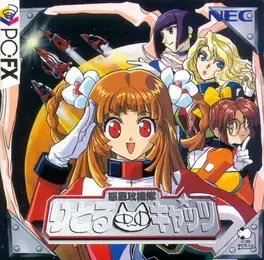
Adventure strategy game with dating-sim elements released on 1997.
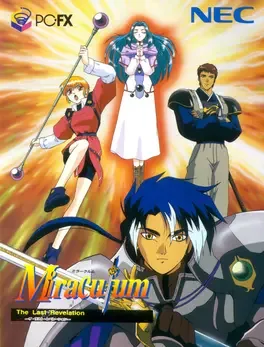
A PC-FX RPG by RayForce and NEC Home Electronics.

Adventure game for PC-FX.
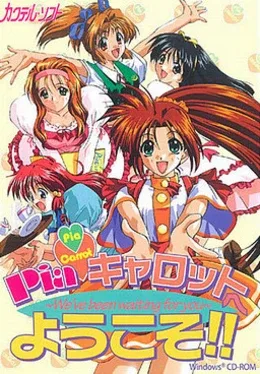
Yusuke Kinoshita is a 18-year-old male Japanese high-school student. He intends to have a cool summer vacation, but realizes he has no money. Having no choice, he takes a job in his father's restaurant, "Pia Carrot". Thus begins an adventure much more exciting than the summer vacation he has dreamed about: he gets to know many beautiful girls in the restaurant, and has to decide which one is the love of his life...
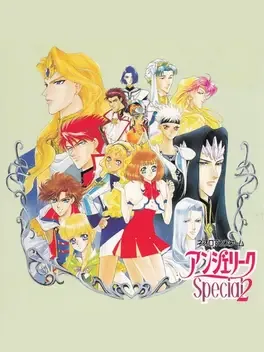
Angelique Special 2 is a Strategy game, developed by Koei and published by NEC, which was released in Japan in 1996.

Angelique Tenkuu no Requiem is the first Neoromance role-playing game. Canonically this game is the direct sequel to Angelique Special 2 and Angelique Maren no Rokukishi. Ruby Party members later commented that its conception began when written questionnaires indicated a high demand for a Koei role-playing game, a genre which experienced a boost in popularity due to titles such as Final Fantasy VI and Final Fantasy VII. Since Team-Infinite was simultaneously developing a game for male appeal, Ruby Party was given the inquiry for an Angelique adaptation targeting the female side. The Premium Box edition includes a fully colored leather-bound manual. Consumers who purchased this title during Koei's 1999 double campaign obtained an original clear file.
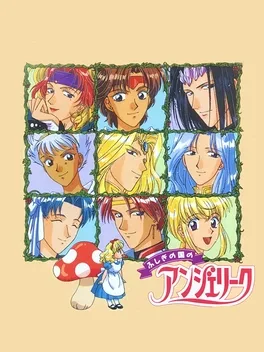
A board and dating sim otome game set in the Angelique universe. It was originally released for PC-FX, and later ported to several other platforms.
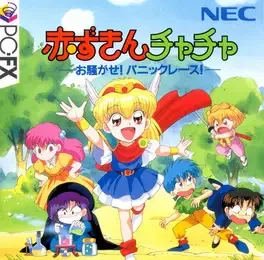
From the manga and anime of the same name comes a board game with lots of FMV.

This is a platform game similar in style to Bubble Bobble and particularly to Parasol Stars. There are two playable characters, both of which are little girls. There is no difference between them gameplay-wise: both use a large blob-like animal to hit enemies from a short distance in a yo-yo-like fashion. It is possible to choose one of them as a single player, or to use them both cooperatively in the two-player mode.

Tengai Makyou: Dennou Karakuri Kakutouden is a fighting game and the sixth game in the Tengai Makyou series.
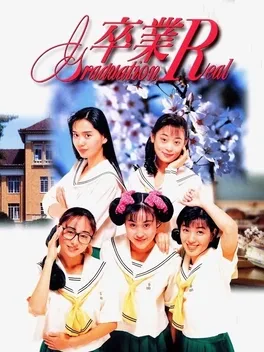

A 3D baseball game featuring the Nippon Professional Baseball league.

Another version of the ancient game of Mah-Jong. The player is presented with an arrangement of tiles, lined up together and stacked, with either 2 or 4 of each of an array of patterns. These must be removed by matching pairs, but only tiles which are visible and have a space to the left or right can be removed. This release in the Activision's Shanghai series includes three games along with the Classic Shanghai. In The Great Wall, the tiles are stacked vertically, and fall when lower tiles are removed, a lá Tetris. In Beijing, gaps are created to slide groups of tiles along. The Golden Tile sees two players attempt to clear a set layout at once. The Triple-theme continues with three game modes: Solitaire, 2-player "Pandamonium", and Arcade. Three themed tile sets complete the "Triple Threat".
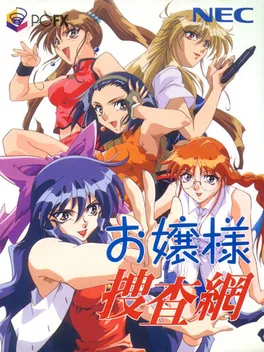
PC-FX adventure game based on the Sotsugyou: Graduation series.

Anime Freak FX Vol. 2
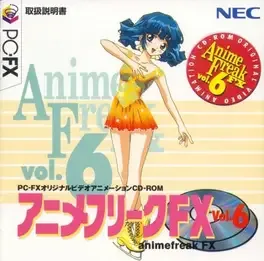
Anime Freak FX Vol. 6
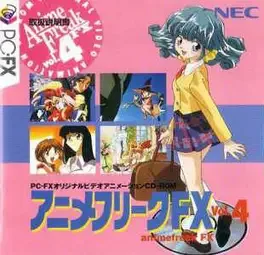
Anime Freak FX Vol. 4
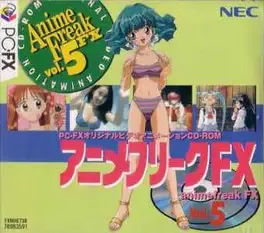
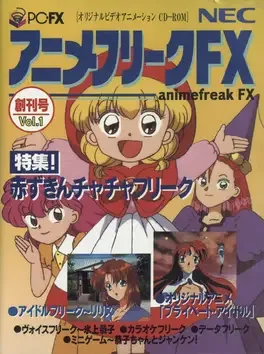
Anime Freak FX Vol. 1
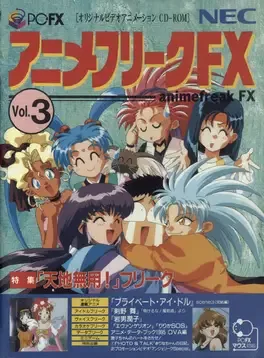
Anime Freak FX Vol. 3
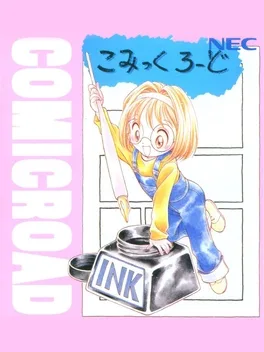
Comicroad is a "life simulation" game, starring a young girl (whom the player names themselves) who dreams of becoming a manga artist. In order to become successful, she has to do more than just draw well; it is important to develop other aspects of her personality, and also keep an eye on the finances, otherwise working too much might deteriorate her drawing skills. Social life, physical exercises, reading - everything has consequences! The gameplay consists mainly of making decisions (through menu choices); there is no player character navigation in the game, except shops, which are viewed from first-person perspective. There is a variety of ways to manage the girl's life. The player can make a schedule for a whole month, or decide every day what to do. Every action has an effect on the heroine's parameters. For example, just resting every day reduces physical shape and appeal. Working on the manga increases respective skills. It is possible to call friends and spend time with them, or go shopping. There are many items in the game, all of which influence the heroine's stats in that or another way - for example clothes, drawing accessories, books, or even a PC-FX console, that can be bought in an electronics store for about 20000 yen.